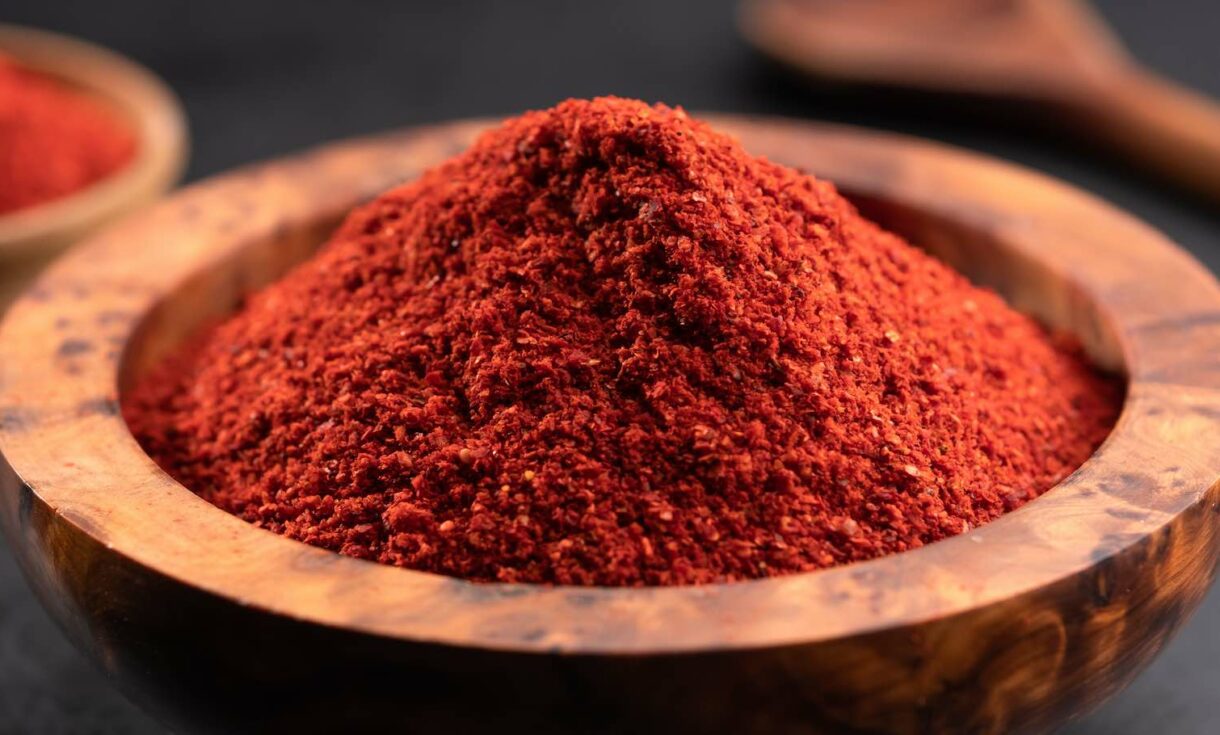- No. 268 Xianghe Street, Economic Development Zone of Xingtai city, Hebei 054001 China
- Byron@hbhongri.cn
Spicy Red Pepper Powder for Enhancing Your Dishes with Bold Flavor and Heat
The Vibrant World's Secrets Hot Red Pepper Powder
Hot red pepper powder, often referred to simply as chili powder, is more than just a spice; it is a symbol of culinary adventure and cultural richness. With its fiery flavor and striking red hue, it tantalizes taste buds around the globe and transforms ordinary dishes into extraordinary experiences. From the bustling streets of Mexico to the vibrant kitchens of India, hot red pepper powder holds a revered place in the hearts of many cooks and food lovers.
The journey of hot red pepper powder begins with the humble chili pepper, a fruit of the Capsicum plant genus. These peppers come in a variety of shapes, sizes, and heat levels, ranging from mild to mouth-numbing. The heat of chili peppers is measured in Scoville Heat Units (SHU), which quantifies the concentrated capsaicin—the compound responsible for their spiciness. Hot red pepper powder can be derived from several types of peppers, including cayenne, jalapeño, and chili de árbol, each contributing its unique flavor profile and heat level.
In culinary applications, hot red pepper powder is incredibly versatile. It adds depth and intensity to a multitude of dishes. In Mexican cuisine, it finds its way into salsas, enchiladas, and mole sauces, infusing them with a warm, earthy heat. In Indian cooking, it is often used in spice blends like garam masala and curry powders, where its vibrant color and unmistakable heat complement a variety of ingredients, from meats to lentils.
Beyond its flavor, hot red pepper powder also boasts several health benefits. It is rich in vitamins A and C, and contains antioxidants that can help to boost the immune system and fight inflammation. Capsaicin, the active compound in chili peppers, has been linked to various physiological benefits, including pain relief and weight management. Some studies even suggest that consuming spicy foods can increase metabolism, making hot red pepper powder a favorite among health-conscious individuals.
hot red pepper powder

Moreover, the cultural significance of hot red pepper powder cannot be overstated. In many cultures, spicy foods are not only a staple but also an expression of identity and community. For instance, in Thailand, the heat of chilis is a fundamental aspect of their cuisine, often balanced with sweet, sour, and salty flavors to create harmonious dishes. Likewise, in Korea, gochugaru—a type of coarsely ground red pepper powder—is crucial for making gochujang, a fermented chili paste that is essential in many traditional recipes, reflecting the rich culinary history of the region.
In recent years, the global popularity of hot red pepper powder has surged, with more people seeking out its distinct flavors and health benefits. Gourmet food enthusiasts and home cooks alike are experimenting with this spice in innovative ways, from incorporating it into sweet dishes like chocolate desserts to crafting unique sauces that leverage its heat.
Despite its ubiquitous presence in cuisines worldwide, the essence of hot red pepper powder remains distinctly linked to the cultural practices from where it originates. As culinary boundaries continuously blur, it fosters a spirit of exploration, inviting people to savor its heat and complexity through shared meals and experiences.
In essence, hot red pepper powder is more than just a spice; it is a vibrant element of culinary heritage that enriches flavors, promotes health, and connects communities. Whether you use it to spice up a traditional recipe or to experiment in your kitchen, this fiery powder offers a taste of culture, adventure, and warmth. So, the next time you reach for that red jar in your spice cabinet, remember you're not just adding heat to your dish; you're embracing a delightful history and experience that spans the globe.
-
Turmeric Rhizome Powder: A Golden Treasure from Roots to TableNewsJul.28,2025
-
The Versatile Application Of Crushed Red Hot Peppers: Lighting Up The Red Flames On The Dining TableNewsJul.28,2025
-
The Paprika: A Touch Of Vibrant Red In Color, Flavor, And CultureNewsJul.28,2025
-
Ground Turmeric: A Modern Examination of an Ancient SpiceNewsJul.28,2025
-
Capsicum Liquid Extract: Features, Applications, and ChallengesNewsJul.28,2025
-
Application of Capsicum Liquid Extract in FoodNewsJul.28,2025







